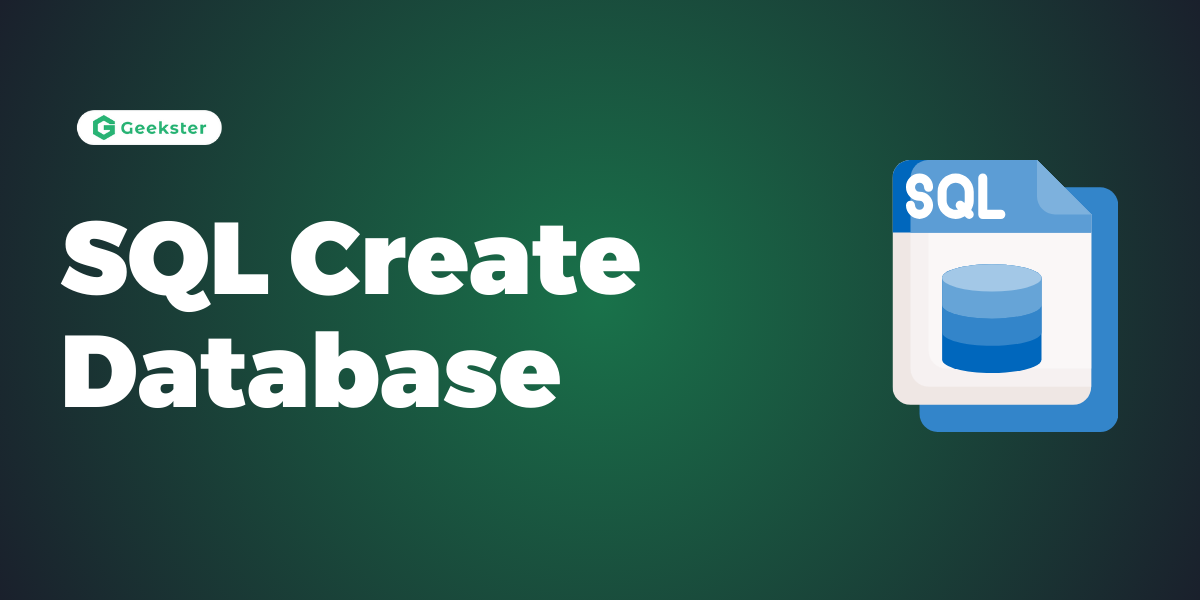In SQL, the ‘Create Database’ statement is the first step for storing the structured data in the database.
The database developers and the users use this statement in SQL for creating the new database in the database systems. It creates the database with the name specified in the Create Database statement.
A database is a structured collection of data stored in a computer system. It efficiently stores and retrieves data. Various query languages, including SQL, are used to create databases.
Syntax of Create Database statement in SQL
CREATE DATABASE YourDatabaseName;SQL CREATE DATABASE
The “CREATE DATABASE” statement is used to create a new database in SQL. It is also used in MySQL and other relational database management systems (RDBMS) to create databases.
Important Points:
- We have to type the database name after the CREATE DATABASE statement.
- The database name is case-insensitive, so we need to create a unique database name.
- Keep the limit of database names to 128 characters.
Example
CREATE DATABASE MyDatabase;
USE MyDatabase;
SELECT name FROM sys.databases;Output
name
----
master
tempdb
model
msdb
MyDatabasePlease note that the output might vary based on your existing databases and permissions. Also, remember that SHOW DATABASES is specific to MySQL, while in other systems like SQL Server, you might need to query system tables/views like sys.databases.
Conclusion
In conclusion, the CREATE DATABASE statement in SQL allows users to create a new database within their database management system. This statement is essential for setting up the foundation of a database environment, enabling users to organize and manage their data efficiently.
The syntax may vary slightly depending on the specific database management system being used, such as MySQL, PostgreSQL, SQL Server, etc. Once the CREATE DATABASE statement is executed successfully, users can proceed to perform various operations within the newly created database, such as creating tables, defining relationships, and inserting data.
Additionally, depending on the database management system, users may use different commands to switch to the newly created database and list existing databases, such as USE and SHOW DATABASES in MySQL, or querying system tables/views in systems like SQL Server.
Overall, the CREATE DATABASE statement is fundamental for database administrators and developers to establish and manage databases effectively, providing the infrastructure necessary for storing and retrieving data in an organized manner.
Frequently Asked Questions
The CREATE DATABASE statement is used to create a new database within a database management system. It establishes the initial structure and environment for storing and managing data.
Yes, you can typically choose any valid name for your database. However, it’s recommended to follow naming conventions and avoid using reserved keywords or special characters.
Yes, typically, you need administrative or database creation privileges to execute the CREATE DATABASE statement. Without the necessary permissions, you won’t be able to create a new database.
Yes, some database management systems allow you to specify additional parameters such as character set, collation, storage engine, and file path during the database creation process.
If you attempt to create a database with a name that already exists in the system, you will likely receive an error indicating that the database already exists. You may need to choose a different name or drop the existing database if it’s no longer needed.

